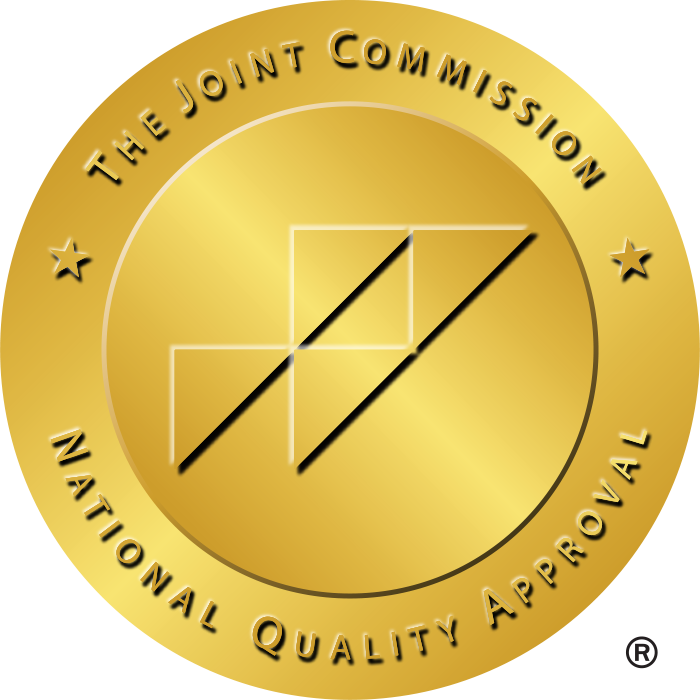The field of general surgery has always been noted for playing a pivotal role in the healthcare system, often offering life-saving interventions that improve the overall quality of patients all across the globe. However, as the healthcare industry tends to change over time, the landscape for family medicine jobs seems to be undergoing a transformation process. Understanding what truly lies ahead for professionals in this field is essential for both current practitioners and those who are considering an exciting career in the surgery industry.
An Increasing Demand Driven by Demographics
One of the most commonly known factors that helped drive the future of general surgery jobs is the rising demographic of an aging population. According to a survey by the United Nations, the global population, which is somewhere between 65 and older, is supposed to increase in numbers by 2050, rising from 761 million in 2021 to over 1.5 billion.
In the United States, the U.S. Census Bureau reported that by 2034, we can see that adults are likely to outscore children for the very first time in history. This continuously aging population will drive an increased need for surgical procedures, particularly for those who are suffering from age-related conditions such as hernias, gallbladder issues, or maybe a different type of cancer.
Certainly, chronic diseases have tended to be gone up; many of these conditions, such as diabetes complications, cardiovascular diseases, and cancer treatment, require certain surgical interventions. As a result, the demand for skilled general surgeons is expected to go up, especially in regions where an experienced rapid demograph tends to go up with limited access to special care.

Image via Pixabay
A Shortage of Surgeons: A Growing Concern
Despite the rising demand for surgeons, the number of general surgeons entering the workforce is not keeping up with the pace. AAMC, known as the Association of American Medical Colleges, has projected a shortage of between 15,800 and 30,200 surgeons in the United States by 2034.
This gap is due to various factors that come in between, including the number of residency positions, level of exhaustion and burnout, and an increasing number of surgeons who are nearly at retirement age. A study published in the Annals of Surgery found that nearly 30% of practicing surgeons in the U.S. are aged above 55, suggesting a small portion of the current workforce to take an exit from this profession within the next 10 years.
This shortage not only places additional effort on existing surgeons but also affects patients’ outcomes. Longer waiting time means overburdened workloads, and reducing access to timely care can become a significant public health issue unless action is taken to address the situation.
Technological Advancements and the Evolution of Surgical Practice
The future of general surgery jobs is also being shaped by rapid technological advancements, robotic-assisted surgery, AI, AR, and minimally invasive techniques that are incorporated into the ways that surgeons operate. The da Vinci surgical system is known for having the most well-known robotic platforms and has been used in more than 10 million procedures all across the globe.
There is no denying the fact that robotic systems offer a greater outcome, have keen precision, reduce patient recovery times, and reduce the risk of complications, making them highly popular in both academics and the community.
Furthermore, the integral incorporation of AI and machine learning is being suggested in preoperative planning and intraoperative decision-making. AI-driven tools can now even assist with diagnostic imaging, pretty much predicting surgical complications, and even recommending treatment plans that are solely based on a massive data basis.
While such technological advancements level up the surgical capabilities, they also necessitate a shift in the overall skillset. Surgeons of the future must not only be technically proficient in it but also be comfortable working with such techniques and data-driven insights. This ever-evolving competency need seems to be influencing surgical education with digital tools and virtual simulation in different residency programs.
Rural and Underserved Areas: A Persistent Challenge
Another aspect to look forward to in the future of general surgery jobs is the geographical distribution. While the urban centers often seek an underrated talent, rural and underserved areas face very persistent challenges when it comes to recruiting and retaining the right general surgeons.
General surgeons often serve as the backbone of healthcare when it comes to serving in the community, providing a broad range of services in their absence. The ability to practice a diverse set of practices makes an impactful mark on the patient’s outcome, making rural surgery both a challenge and an opportunity.
Certain incentives, such as loan payments, housing programs, or maybe expanded telemedicine capabilities, are likely to be explored to tackle the disparity and encourage more surgeons to work in underserved areas.
Medical Education and Policy Reform
To address the shortage and prepare for the future, reform in medical education and healthcare policy will also be required.
Currently, the supply of residency slots for general surgery is capped by a federal funding cap established in the 1997 Balanced Budget Act. While the demand continues to grow, the expansion of residency positions has been slow.
Some recent legislative efforts, such as the Resident Physician Shortage Reduction Act, attempt to raise the number of funded residency positions incrementally.
Further work is also underway to enhance work-life balance and mental health support for both surgical residents and surgeons in practice.
Burnout is a serious issue in the surgical profession, with a publication in JAMA Surgery revealing near 40% of general surgeons report burnout. Initiatives to enhance work hours, mentorship, and wellness will improve the retention of talent and sustainability.
Globalization and the Role of Telemedicine.
The globalization of healthcare also plays a role in the changes in general surgery jobs. Telemedicine, as well as other digital health tools, are gaining traction and expanding options such as cross-border consultations, remote surgical training, and potentially even telesurgery.
The COVID-19 pandemic significantly expanded the use of telemedicine, which showed great promise in extending access to specialist care related to remote or international patients.
Despite limited opportunities for full-take remote surgery due to technological and regulatory limitations, organizations are laying the groundwork for future adoption. There are substantial investments in things such as 5 G-enabled ORs, advanced imaging networks, and healthcare communication platforms that would support real-time collaboration between surgeons across continents.
These innovations are broadening the use of general surgery while expanding future career opportunities, combining the practice of general surgery with digital health.
Conclusion: A Future of Possibility and Responsibility
The future of general surgery employment possibilities is certainly promising but may become more complex. The specialty is projected to grow in tandem with population trends and advances in medical technology.
However, getting ready for workforce shortages, skill development, and geographic maldistribution will require considerable coordination between policymakers, educators, healthcare organizations, and surgeons themselves.
For future general surgeons, adaptability, lifelong learning, and the ability to embrace technology will all be critical qualities to hold. For current general surgeons, there are opportunities to teach future surgeons, engage in the systems efforts for improvement, and be agents of change in integrating new technology into clinical care.
In the end, the sustainability of general surgery is in its ability to thrive while maintaining healing as the mission through competent, patient, and conscientious practice.
And if you are looking for a more promising future or surgery jobs, feel free to visit StaffDNA, which recruits the most professional ones onboard with them to cater to you with the best.







